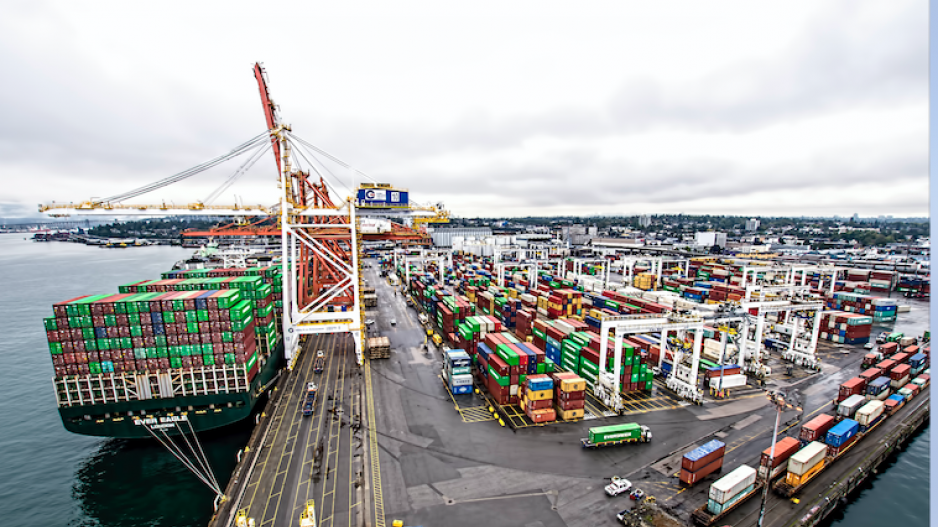Look no further than the number of ships at anchor in Vancouver’s harbour for evidence that the country’s Asia-Pacific Gateway needs streamlining.
While you are at it, look no further than the chronic commuter congestion at chokepoints around the Lower Mainland for evidence that other links in the region’s transportation networks have longstanding and unresolved weaknesses.
Metro Vancouver is not alone in struggling with transportation system shortcomings.
They extend across the province and across the country.
Moving goods and people efficiently, therefore, needs to be a top priority for all levels of government in Canada.
Environmental and economic goals will not be achieved without improvements in those areas. Billions of dollars in trade and other business potential are at stake for Canadians and the country’s long-term prosperity.
As the 2022 report from the National Supply Chain Task Force (NSCTF) points out, Canada’s transport sector accounted for $72 billion or 3.6 per cent of the country’s GDP in 2021 and employed close to 540,000 people or around 3.4 per cent of Canada’s workforce.
But, as the pandemic economy’s transportation bottlenecks illustrated, the sector needs major retooling.
Applying technology in the form of countrywide transportation digitalization is only one part of the solution.
As the NSCTF report noted, the ratio of infrastructure investment to trade volumes in Canada has been declining since the 1980s. Increased trade has not been accompanied by a parallel increase in infrastructure development.
The NSCTF estimates that, over the next 50 years, investment needed in road networks will total $3.3 trillion; railways will need another $284 billion; and seaports will need $110 billion.
Taxpayers cannot be expected to shoulder that financial burden alone. Nor should the decisions on infrastructure investment priorities be left solely in the hands of government.
What is needed as a baseline foundation for upgrading the country’s transport network are raw materials that are in chronic short supply in Canada today: national vision and collaboration.



